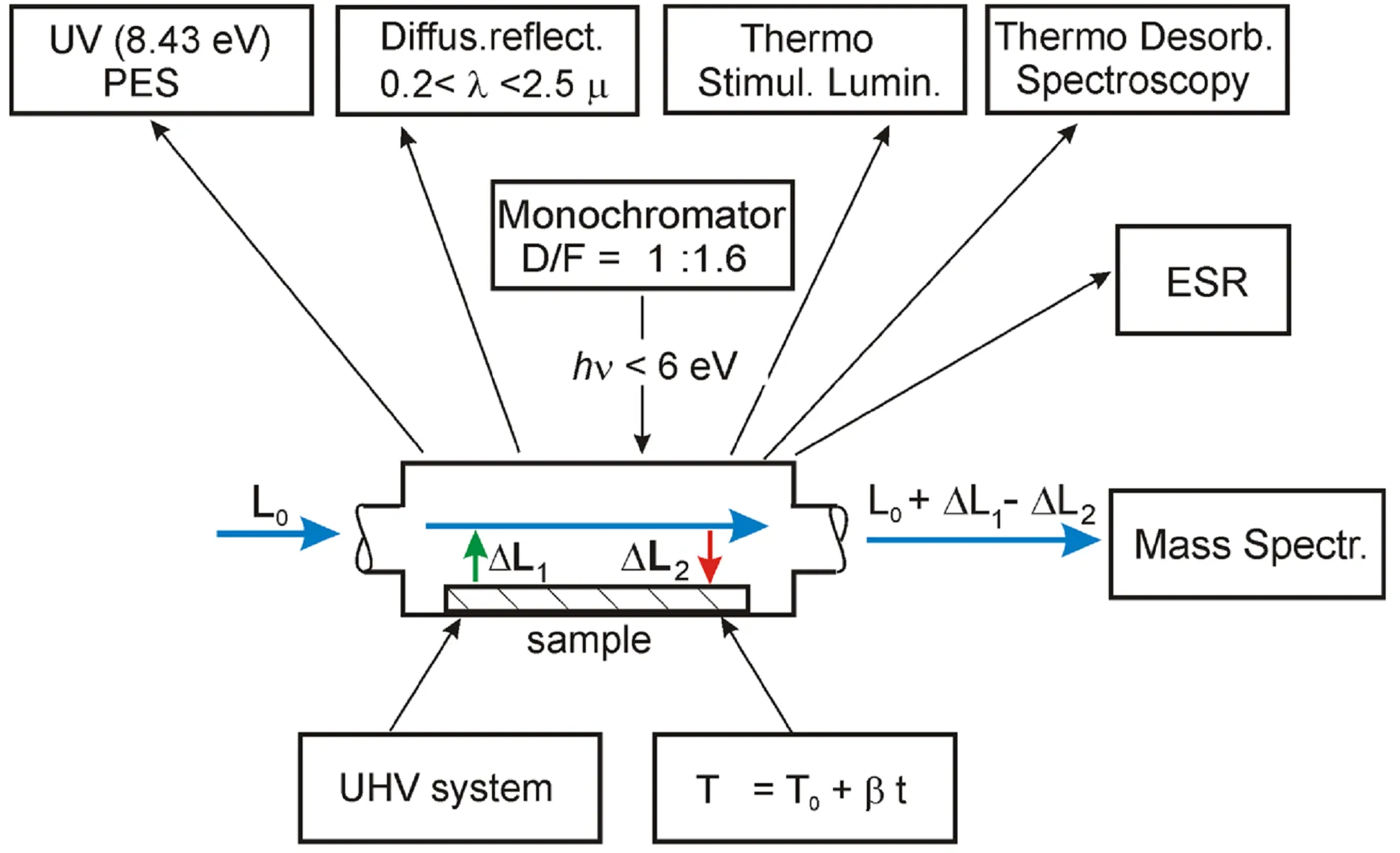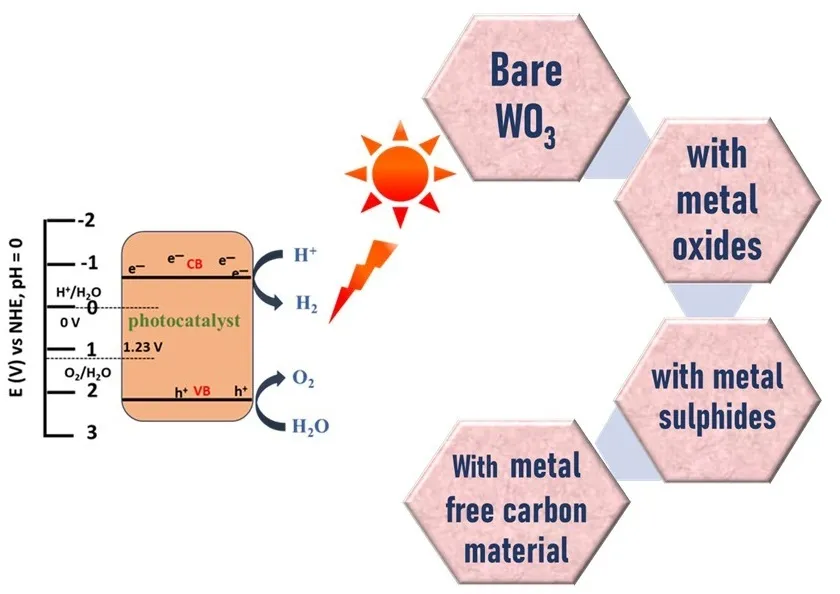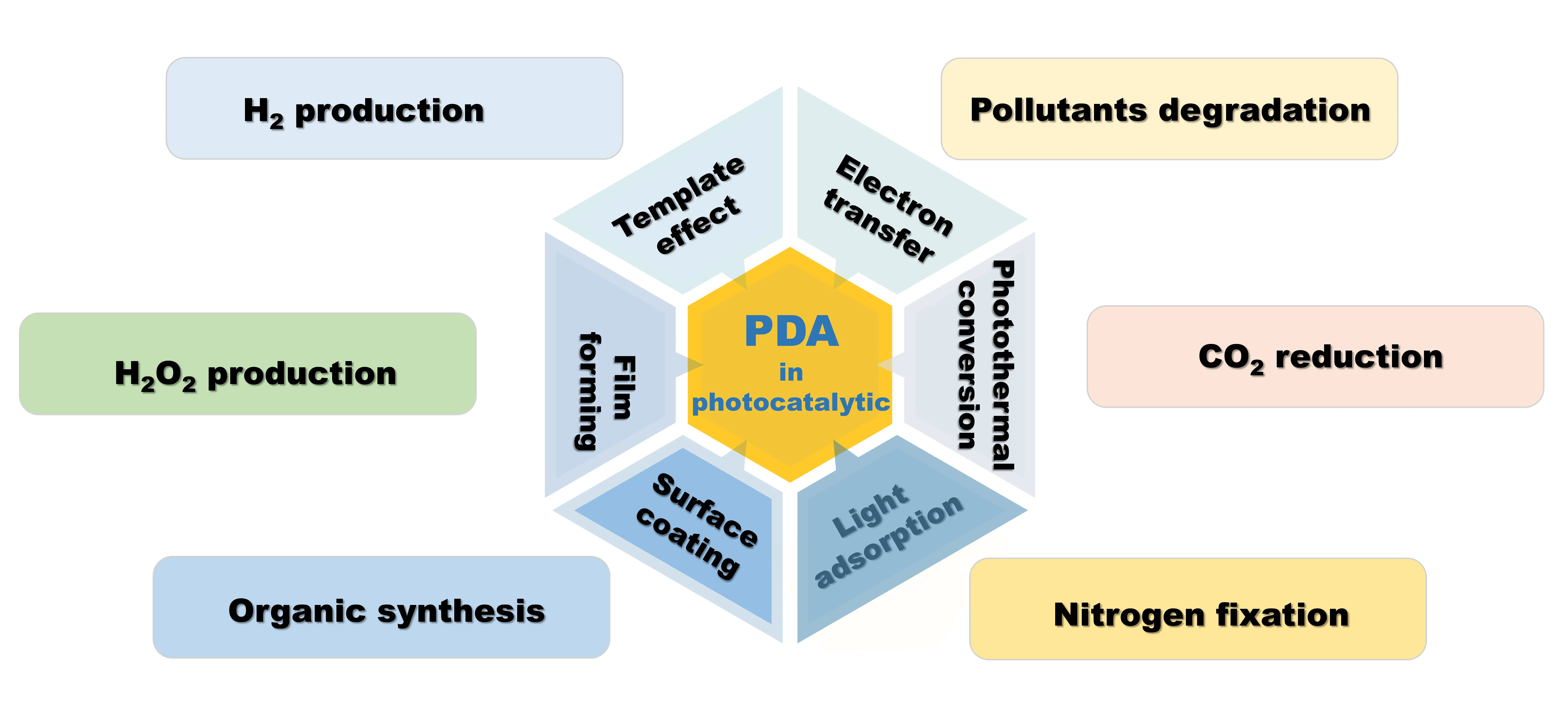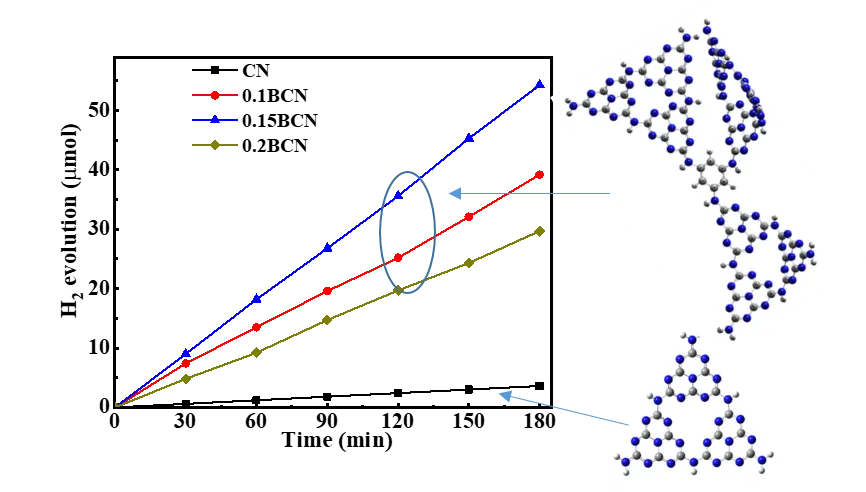Found 4 results
Open Access
Review
27 June 2025Study of Self-Sensitization of Wide-Gap Oxides Photocatalysts
The self-sensitization of wide-gap oxide photocatalysts to the region beyond the long-wave edge by changing the stoichiometry is discussed. The results of in situ investigations in three phases: gas—adsorbate—surface obtained by a variety of complementary experimental methods are analyzed. Dielectrics (MgO, Al2O3, BeO) were sensitized by creating colored F- and V- type photocatalysis centers via the thermal reduction of oxides in a vacuum. For semiconductors, the 2D structures of ZnO/ZnO1−x and TiO2/TiO2−x were formed through surface photo-reduction. In all self-sensitization cases, enhanced photosorption activity was observed. The quantum yields in the model POIE (photo-induced oxygen isotope exchange) redox reaction under VIS illumination of 2D structures and resonant exciton illumination of a layered 2D structure ZnO/ZnO1−x/O− are 5–7 times higher than those of the initial samples. Both 2D structures showed stable activity in the redox reaction $$\mathrm{CO+NO}\overset{\mathrm{hv}}{\operatorname*{\rightarrow}}1/2\mathrm{N}_{2}\uparrow+\mathrm{CO}_{2\mathrm{ads}}$$ with quantum yields 5–7 times higher than those of the initial oxides in their intrinsic absorption region.

Open Access
Review
14 March 2025Mechanistic Insights into Photocatalytic WO3 for Hydrogen Generation
Growing environmental concerns and the limitations of fossil fuel resources have recently led to increased focus on clean and renewable energy sources. Hydrogen (H2) has gained importance as an alternative clean fuel with its potential to become the primary chemical energy carrier. Photocatalytic hydrogen generation offers a capable solution to the energy crisis and has gained significant attention as a renewable energy solution, offering independence from fossil fuels and zero carbon dioxide emissions. Tungsten oxide (WO3) offers to be a promising photocatalyst for Hydrogen Evolution Reaction (HER) with its ability to tune the band gap, robust absorption in the visible spectrum range, steadiness in harsh reaction conditions, low cost, and reduced toxicity. Various synthetic methods can be employed to fabricate photocatalysts with diverse morphologies, sizes, and structures, all of which significantly influence their catalytic performance to varying extents. This review goals to explicitly highlight and discourse the main properties of WO3 and its modifications for photocatalytic HER via different synthesis methods. Modification in WO3 to its corresponding composites, heterojunctions are explicitly explained in this review.

Open Access
Review
09 September 2024Application of Polydopamine-Based Photocatalysts in Energy and Environmental Systems
Polydopamine (PDA) is also widely sought after in photocatalytic applications due to its fascinating properties such as simple preparation, templating agent, near-infrared absorption, high photothermal conversion efficiency, abundant functional groups, and strong chelating effect of metal ions. This review will present the structural features and synthetic methods of PDA, the advantages of PDA for photocatalytic applications (templating agent effect, light absorption properties, film-forming properties, hydrophilicity, conductivity, etc.), the modulation strategies of PDA for photocatalytic applications, and the use of PDA-based photocatalytic materials for solar-powered water purification (heavy metal adsorption and reduction, catalytic degradation of organic pollutants, and antimicrobial properties), hydrogen production, hydrogen peroxide production, CO2 reduction, and organic conversion. Finally, this review will provide valuable information for the design and development of PDA-based photocatalytic materials.

Open Access
Article
05 January 2024Benzene Bridged Carbon Nitride for Efficient Photocatalytic Hydrogen Evolution
Turing the electronic structure by inserting certain functional groups in graphitic carbon nitride (g-C3N4, CN for short) skeleton through molecular doping is an effective way to improve its photocatalytic performance. Herein, we prepare a benzene bridged carbon nitride (BCN) by calcining urea and 1,3,5-tribromobenzene at elevated temperature. The introduction of benzene ring in g-C3N4 layers improves the separation efficiency and lifetime of photogenerated carriers, inhibits the recombination rate of electron/hole pairs, thus the performance of photocatalytic hydrogen evolution improves. The optimal hydrogen evolution rate of 1.5BCN reaches 1800 µmol/h·g, which is nine times that of the pure g-C3N4. DFT calculation proved the benzene bridged CN increased the distance of charge transfer (DCT) and the push-pull electronic effect of intramolecular electrons. This work may provide a pathway for preparing molecular doped g-C3N4 with improved photocatalytic performance.
